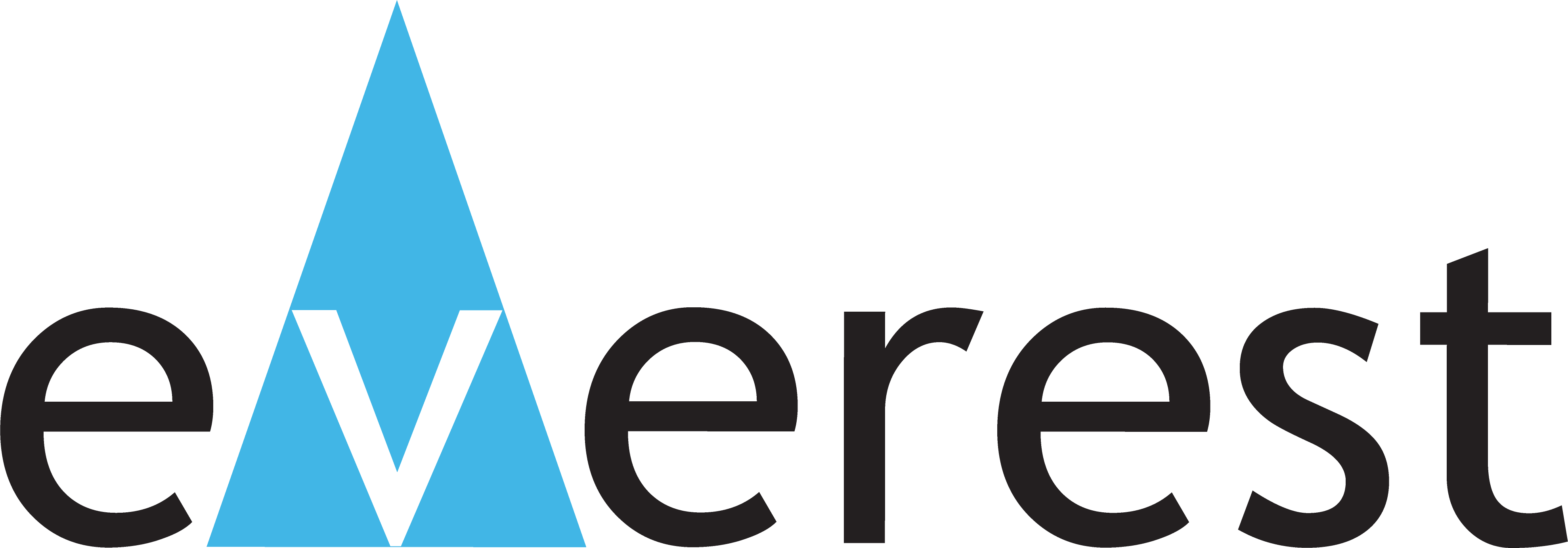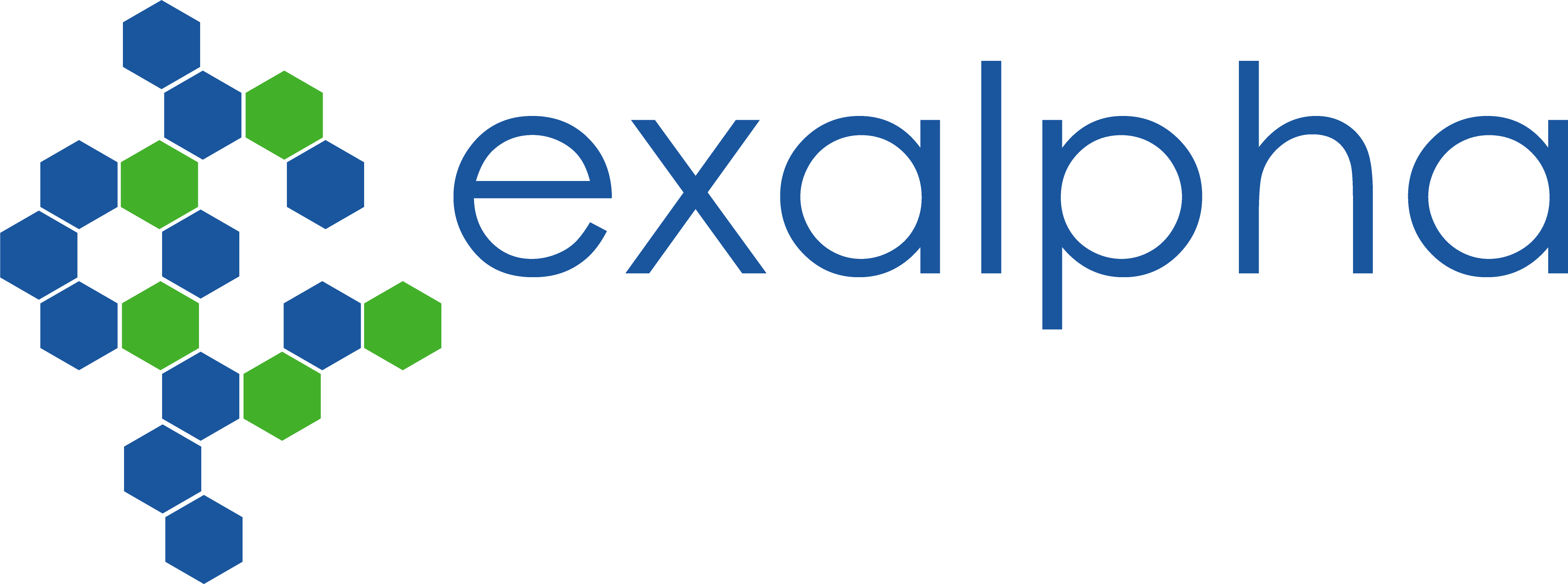order histories, retained contact details for faster checkout, review submissions, and special promotions.
Forgot password?
order histories, retained contact details for faster checkout, review submissions, and special promotions.
Locations
Orders Processing,
Shipping & Receiving,
Warehouse
2 Shaker Rd Suites
B001/B101
Shirley, MA 01464
Production Lab
Floor 6, Suite 620
20700 44th Avenue W
Lynnwood, WA 98036
Telephone Numbers
Tel: +1 (206) 374-1102
Fax: +1 (206) 577-4565
Contact Us
Additional Contact Details
order histories, retained contact details for faster checkout, review submissions, and special promotions.
Forgot password?
order histories, retained contact details for faster checkout, review submissions, and special promotions.
AR / Androgen Receptor
androgen receptor
The androgen receptor (AR) is a NR3 Steroid Receptor located on the X chromosome. AR is a phosphoprotein and acts as a steroid hormone-activated transcription factor for androgen-responsive genes. Mutations in the AR gene are associated with androgen insensitivity syndrome (CAIS) or testicular feminization syndrome, Reifenstein syndrome, and Kennedy spinal and bulbar muscular atrophy. They lead to symptoms such as low virilization, reduced sperm production, testicular atrophy, and infertility. Androgen signaling through the androgen receptor (AR) appears to be involved in all aspects of prostate cancer, from initiation to development of treatment resistance. Gain-of-function AR gene mutations and/or altered signaling through AR have been suggested to contribute to disease progression. A recent study showed decreased expression of AR in response to incubation of LNCaP prostate carcinoma cells with PC-SPES, a mixture of eight herbs (Bonham et al. 2002). Two forms of AR that differ in their N termini have been isolated: AR A (87 kD), which is derived from translation of an internal methionine codon (met188), and AR B (110 kD). The two isoforms are expressed in similar tissues; however, AR B generally is the more abundant form.
| Gene Name: | androgen receptor |
| Family/Subfamily: | NHR , NR3 Steroid receptor |
| Synonyms: | AR, Androgen receptor, Dihydrotestosterone receptor, DHTR, AIS, KD, NR3C4, HUMARA, SBMA, TFM, SMAX1, HYSP1 |
| Target Sequences: | NM_000044 NP_000035.2 P10275 |
Publications (4)
Your search did not match any products.
If you do not find the reagent or information you require, please contact Customer.Support@LSBio.com to inquire about additional products in development.









